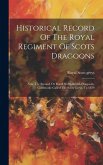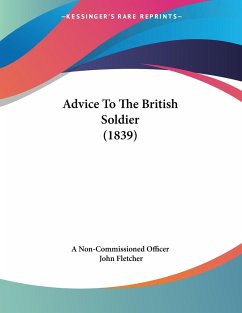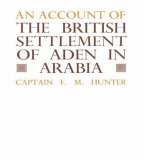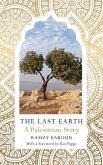This work is an attempt to analyse some British colonial postcards whose significance mirrors clearly the misconception and misrepresentation of Yemen. These postcards pretend to depict Yemeni culture, architecture and life style during that period of time. Yet such postcards can be argued to be a reflection of the British imagination of the native Oriental people. As Edward Said argues that the "the East is a European invention" , these postcards are a window through which the Yemeni society is depicted so as to be seen from a British perspective which is not free from ideologies and stereotypes about the Eastern people. Therefore, the major aim of these postcards is to justify and perpetuate the British stronghold over the Yemeni land and people. The fact that Yemen was one of the victims of European colonialism vehemently motivates me to attempt to reconsider and reread these postcards. That is, my concern here is to subvert the constructed representation of Yemen enhanced by European photographers. Drawing from the works of Malek Alloula, Sara Mills and Homi Bahbaha who view the text as multiple and diverse, my aim is to excavate the native's voice and make them voiced.
Bitte wählen Sie Ihr Anliegen aus.
Rechnungen
Retourenschein anfordern
Bestellstatus
Storno








